|
| 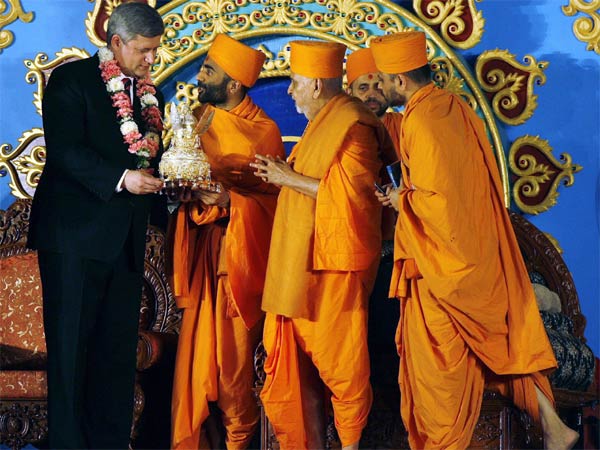
Prime Minister Stephen Harper, left, receives a gift, while taking part in the grand inauguration of the BAPS Swaminarayan Mandir on Sunday, July 22, 2007 in Toronto. (CP / Nathan Denette) | | 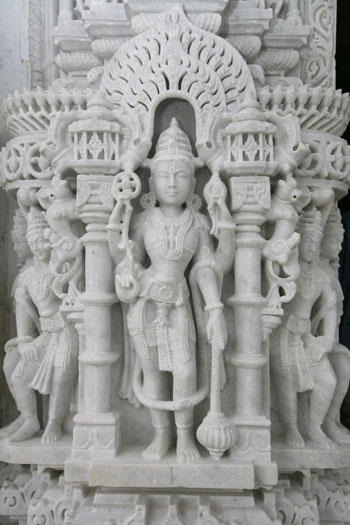
A portion of the detailed carvings is shown. More than 24,000 pieces of the temple were sculpted in India. (BAPS Shri Swaminarayan Mandir, Toronto) | | 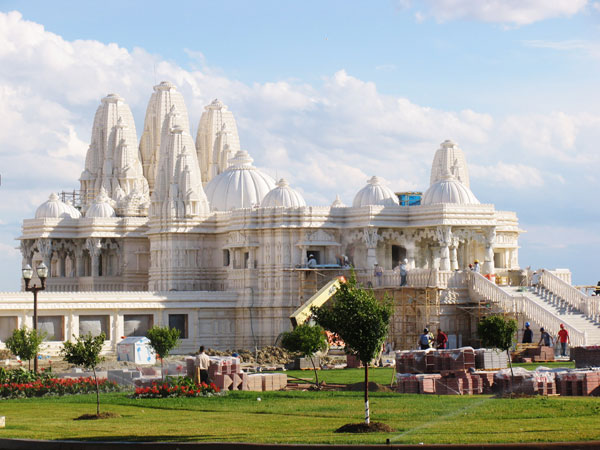
The Swaminarayan Mandir, a Hindu temple, is located northwest of Toronto and officially opened on July 22, 2007. (BAPS Shri Swaminarayan Mandir, Toronto) | | 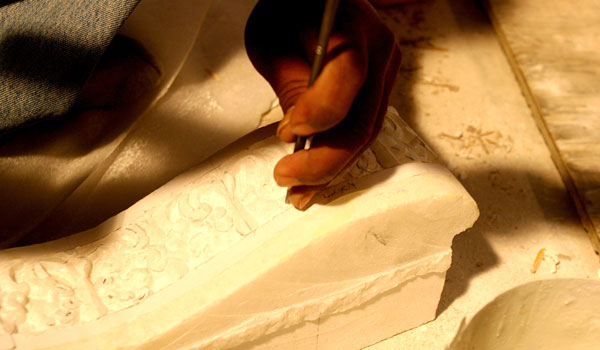
A crew member carves a design into a piece of stone (BAPS Shri Swaminarayan Mandir, Toronto) | | 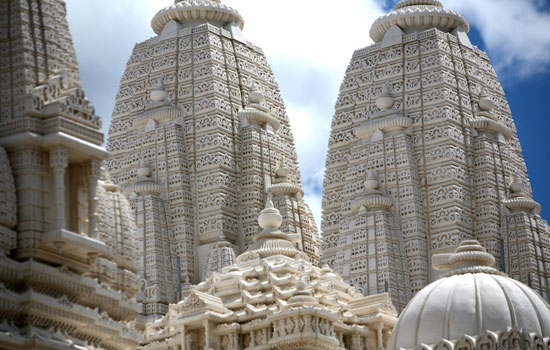
A view of the detailed pieces construction at Swaminarayan Mandir. (BAPS Shri Swaminarayan Mandir, Toronto)
3.temples of india
|
3.
Temples of India 
Chhatarpur Mandir is truly a wonder of architecture, where stones appear to transmit poetry. Chhatarpur Temple is located on Gurgaon-Mehrauli Road, in South Delhi. The temple is easily accessible by buses, autos, metro and taxis from the city. This marvelous temple is accredited for being the second largest temple of India. In fact, it was the largest temple (India) before the creation of Akshardham Temple (Delhi) in 2005. Situated in Delhi, Chhatrapur Mandir is one of the most popular temples of India. Chhatarpur Temple was built by Swami Nagpal Maharaj, who was a great devotee of Goddess Durga. The legend left this corporeal world in the recent years. Erected in white marble, the main shrine is dedicated to Goddess Katyayani (a form of Durga). The main feature about this temple is that its construction doesn’t seek any end. 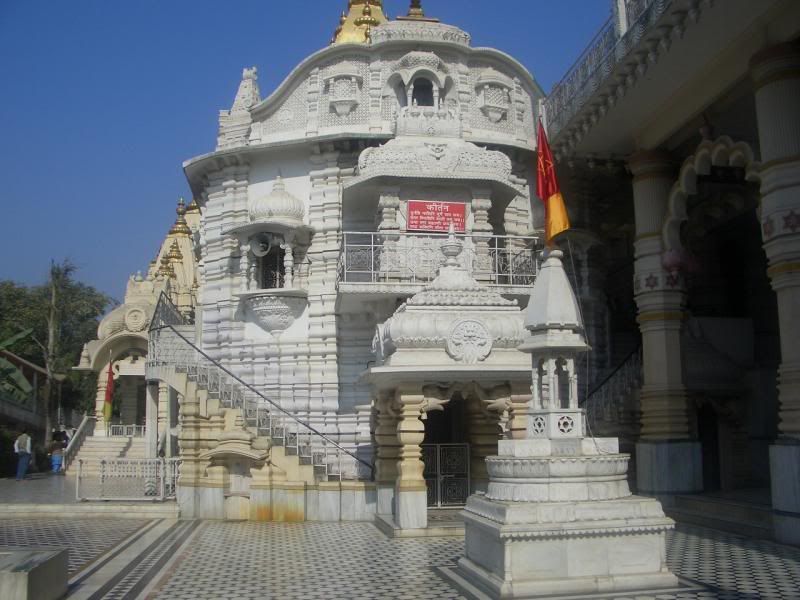 The structure of this temple gives the tint of South Indian style of architecture. Sprawling over a large area of land, Chhatarpur Mandir encompasses many structures that are made for different activities. In the temple complex, there are beautiful gardens and lawns that leave a soothing impact on the souls of the devotees. The carvings of this temple are really worth admiring. The massive size of the temple complex creates a feeling of awe. Here, two forms of Goddess Durga are commemorated. One shrine is dedicated to Maha Gauri (form of Durga), which is opened for ‘darshan’ every day. Another shrine is dedicated to Goddess Katyayani, whose ‘darshan’ can be availed only on ‘ashtami’ falling in every month. Otherwise, the ‘darshan’ of Goddess Katyayani can be made throughout the days of ‘Navratri’. The golden image of Katyayani attracts the attention of devotees with its huge size and sheer divinity.  The image of Katyayani Devi is placed in a big hall, which can also be reached from the hall of prayers. The gilded image of Goddess Katyayani is always festooned in rich clothes, striking jewelry and a heavy garland of flowers. During the time of Navratri, the temple is thronged by thousands of people. To control such massive crowd of devotees, serpentine queues are made ranging in kilometers. Innumerable security guards are kept to manage the functioning of queues. Near to the shrine of Katyayani Devi, there are two rooms that are meant to Goddess’ rooms. One room is made as the living room with tables and chairs made in silver. The other room is regarded as the ‘Shayan Kaksha’ (Bed Room), where a bed, dressing table and table are carved in silver. The royal appearance of the rooms, make one to ponder over the appearance of heaven. Inside the complex, there are several shrines that are dedicated to Lord Shiva, Lord Ganesha, Radha-Krsihna and Lord Rama respectively. Apart from the shrines, a massive structure has been constructed where ‘Bhandara’ (Food is offered to people) is conducted on a daily basis. Almost for 24 hours, various religious prayers and discourses are held in the temple. On the main entrance, there is an ancient tree that is covered with holy threads. People tie threads or bangles to this tree with the belief that their wishes would be fulfilled. During the festive celebrations of Navratri, thousands of devotees come to visit this temple of Chhatarpur. Succinctly, Chhatarpur Mandir is an important temple, unfolding the religious legacy of India.
| Location: | On Gurgaon-Mehrauli Road, in South Delhi | | Built by: | Swami Nagpal Maharaj | | Built in: | 20th century | | Dedicated to: | Goddess Katyayani (a form of Durga) | | Attraction: | Second largest temple complex in India | | How to reach: | One can easily reach Chhatarpur Temple by taking local Buses, metro, auto rickshaws or by hiring taxis from Delhi |
|














0 Comments:
Post a Comment